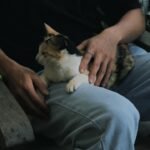The evolutionary journey of the cheetah (Acinonyx jubatus) began millions of years ago. These magnificent creatures trace their lineage back to the Miocene Epoch, roughly 8.5 million years ago. During this period, the big cat lineage began to diversify, resulting in species like lions, leopards, and eventually, cheetahs. Understanding their origins gives us insight into how they evolved into the fastest land animals we know today.
Early Adaptations and Environmental Pressures
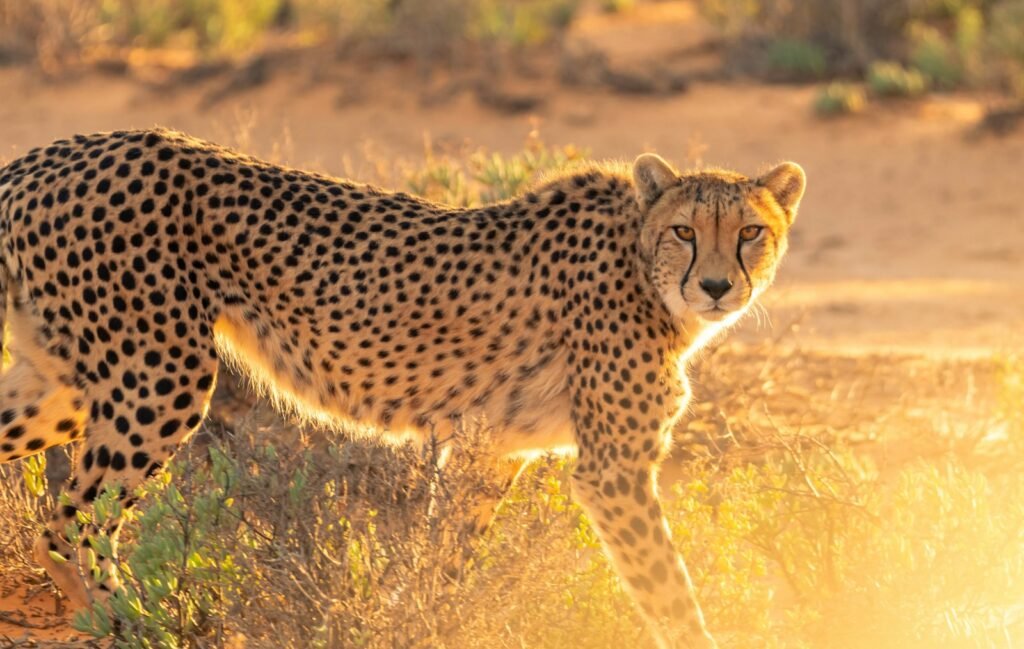
In the evolving landscape of the Miocene and Pliocene epochs, environmental pressures played a crucial role in shaping the cheetah’s anatomy and behavior. As grasslands expanded and prey developed quicker reflexes, cheetahs faced natural pressures to adapt a unique hunting strategy that relied less on strength and more on speed, precision, and acceleration.
Anatomical Innovations for Speed
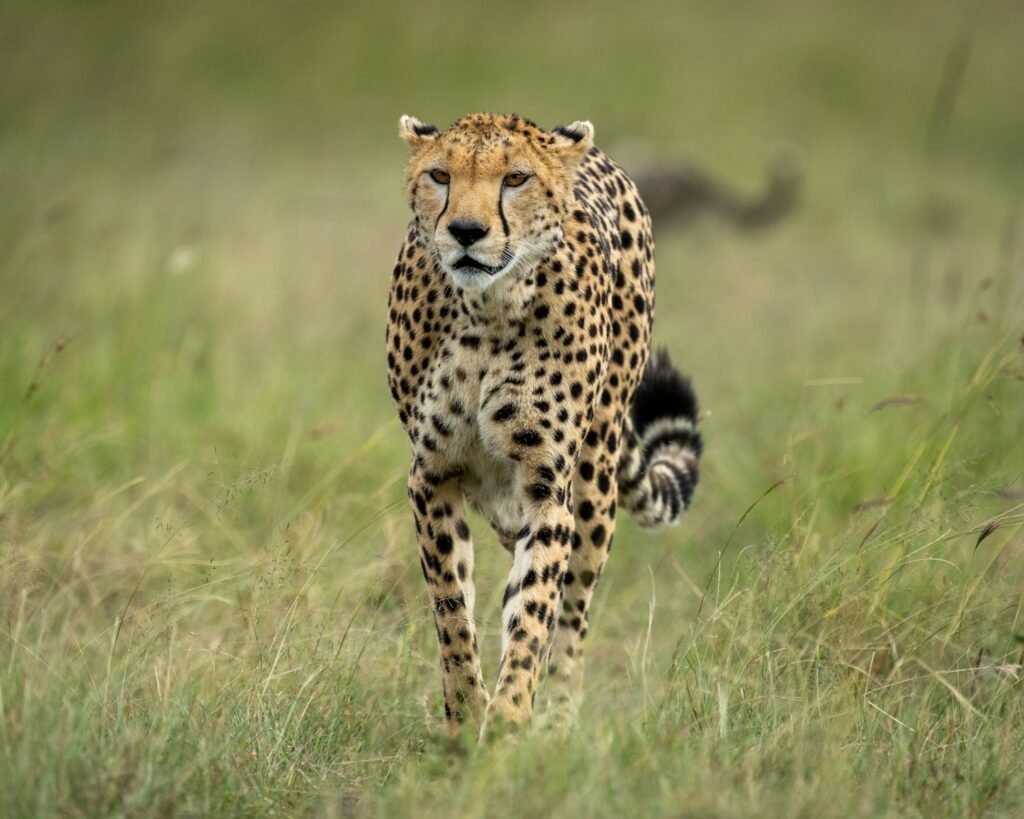
The transformation into the specialized sprinting machine began with various anatomical changes. Cheetahs developed long, slender bodies with powerful legs, a small, aerodynamic head, and a tail that functions as a stabilizing rudder during high-speed pursuits. This slender frame minimizes air resistance, enabling unparalleled acceleration.
Muscle and Bone Adaptations
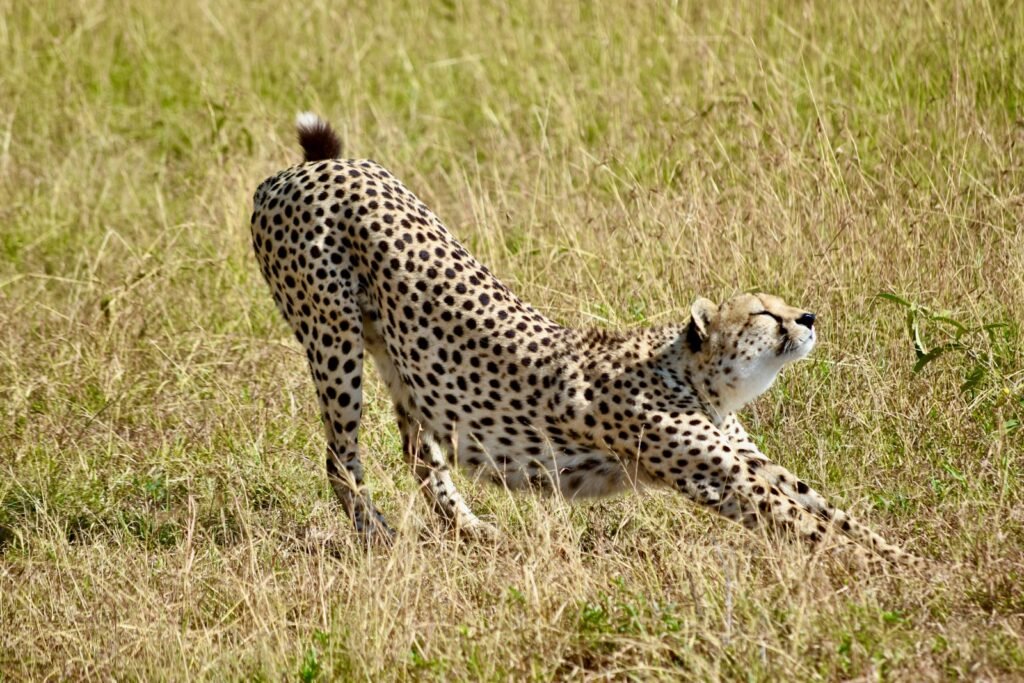
To reach speeds of up to 70 mph, cheetahs evolved specialized muscles. Unlike other big cats, cheetah muscles contain a high percentage of fast-twitch fibers, which allow for rapid contractions and explosive bursts of speed. Their limb bones are light yet capable of withstanding tremendous force, contributing to swift propulsion.
Respiratory and Cardiovascular Enhancements
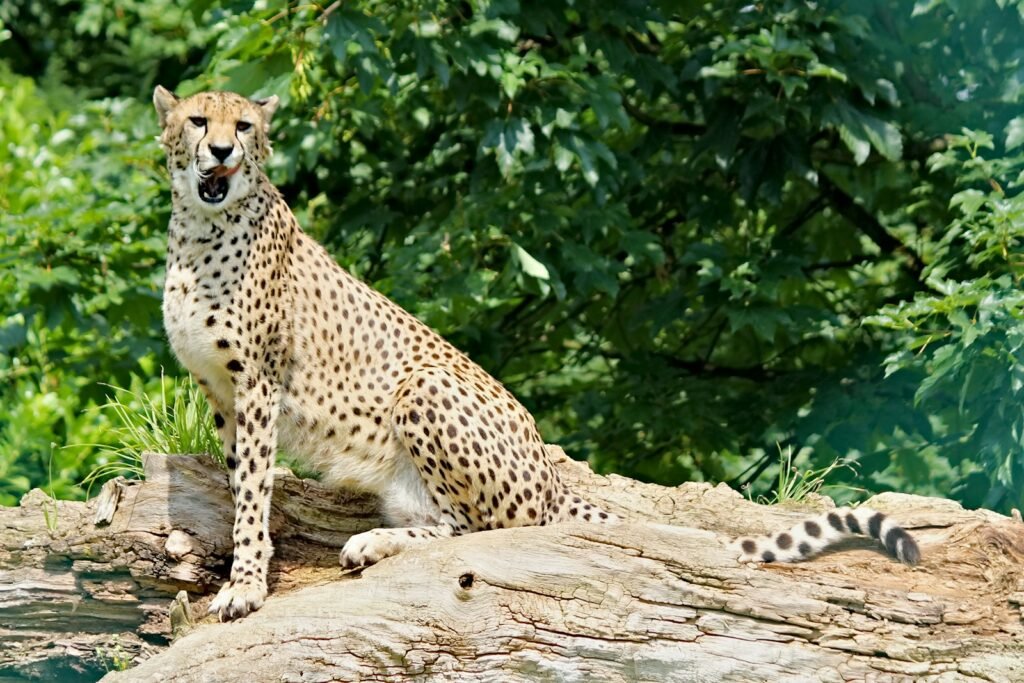
High-speed pursuits require intense oxygen intake and fast metabolism. Cheetahs have enlarged nasal passages, lungs, and adrenal glands to support increased oxygen flow and quick energy release. Their heart is also larger and more powerful relative to their size, pumping blood efficiently to sustain short bursts of intense activity.
The Role of the Swinging Spine

One of the most distinctive features of cheetah morphology is its highly flexible spine, functioning similarly to a spring. This elasticity allows the cheetah to extend its body and increase stride length significantly during a sprint, a critical adaptation that enhances speed and agility.
Claws and Pads Designed for Traction
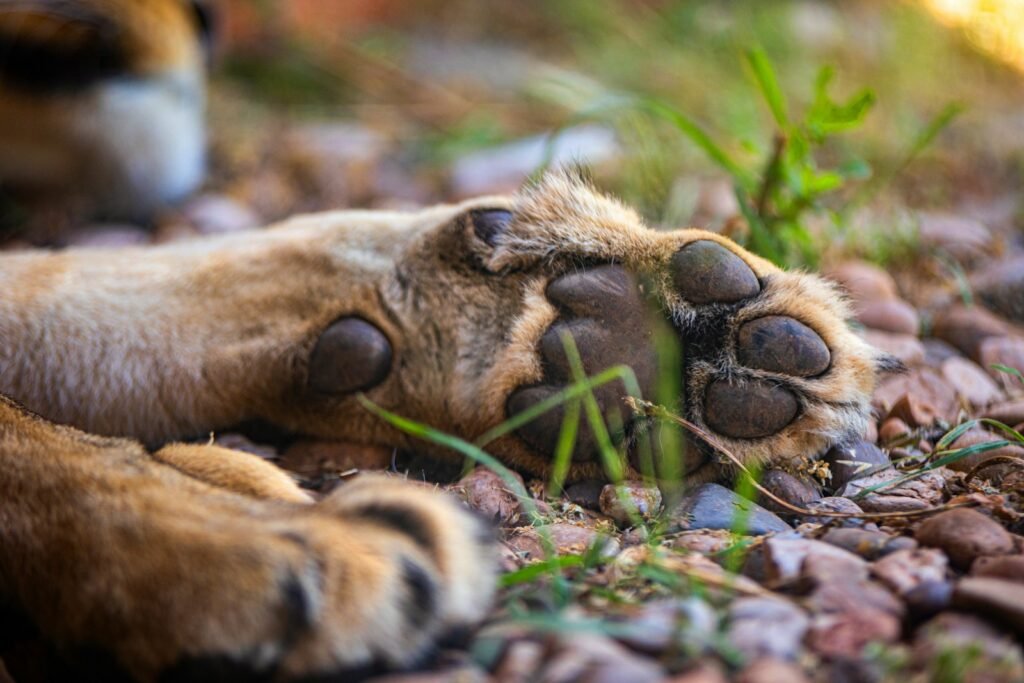
Unlike other big cats, cheetahs have semi-retractable claws, providing additional grip and traction to prevent slipping at high speeds. Furthermore, their foot pads are tougher to withstand and absorb impacts, contributing further to their remarkable sprinting capabilities.
Developing the Optimal Hunting Strategy
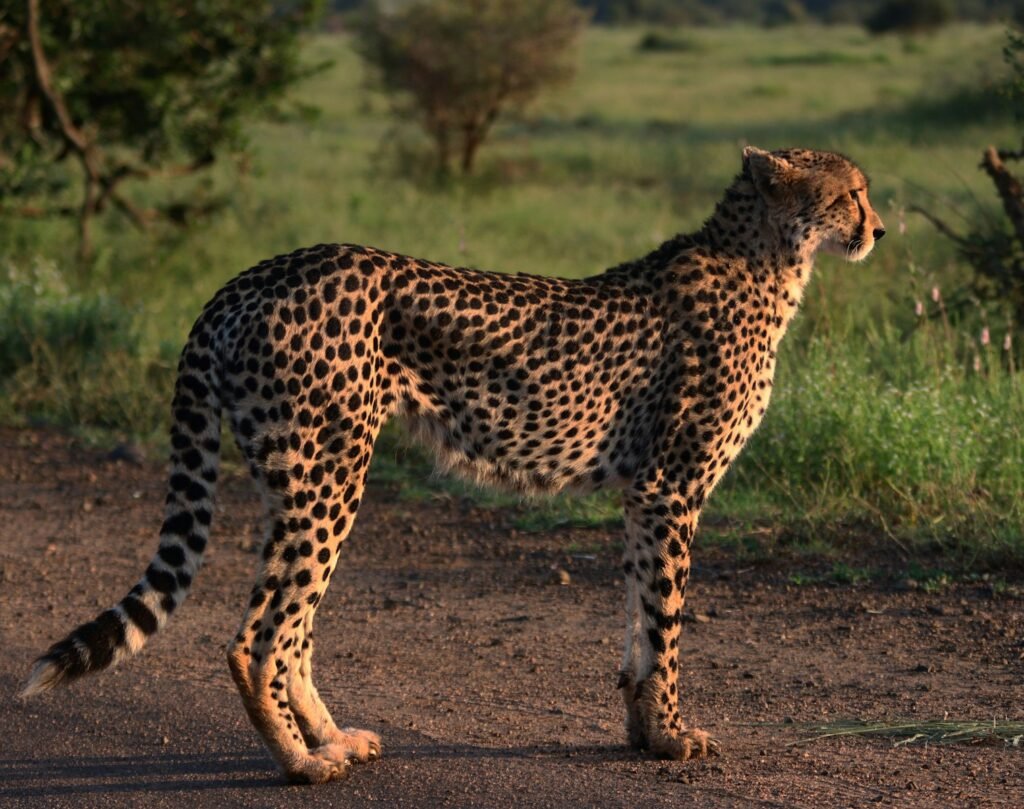
The evolution of speed necessitated a change in how cheetahs hunted. They developed a hunting strategy that involves stealth stalking followed by an explosive chase. Speed alone wasn’t enough; precision in movement and timing became equally vital to capture prey efficiently.
Challenges to Sustained Running
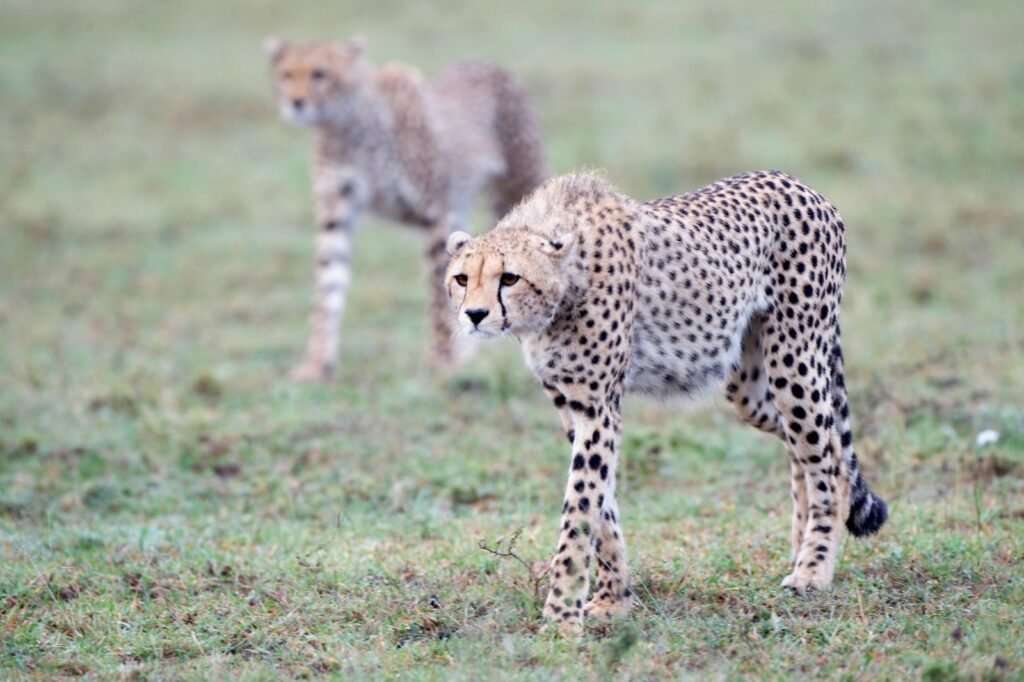
While cheetahs are the fastest terrestrial animals, they cannot maintain high speeds for long distances. Their sprinting ability is limited to bursts of 20 to 30 seconds before overheating or exhaustion sets in. This limitation forces cheetahs to be efficient hunters who rely on surprise and timing to catch their prey quickly.
Modern Conservation Challenges
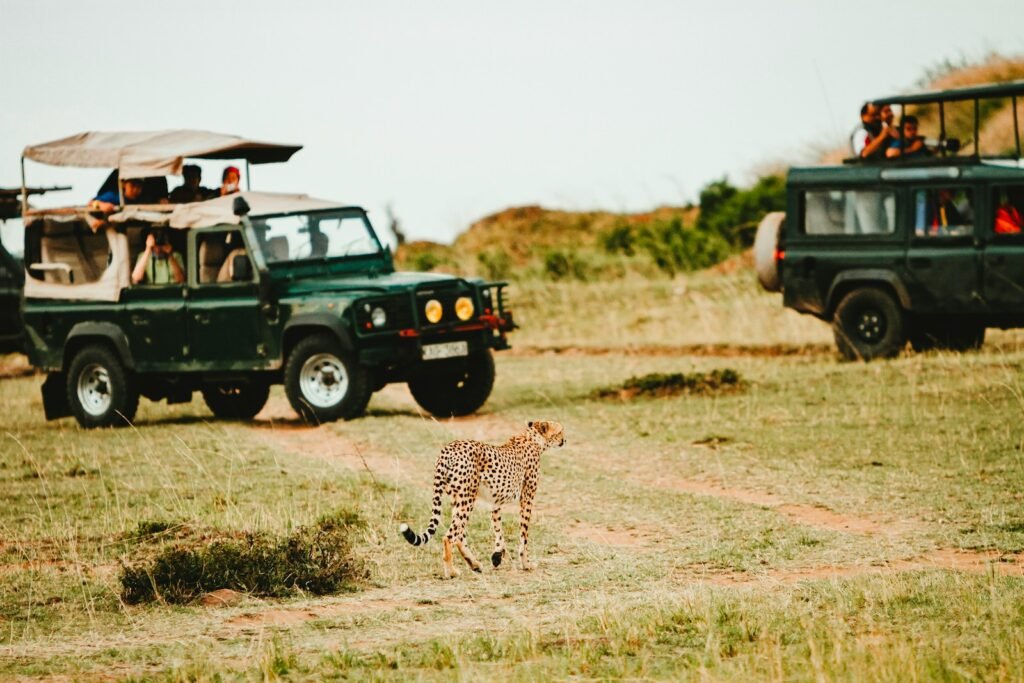
Despite their evolutionary success, cheetahs face numerous threats today. Habitat loss, declining prey populations, and human-wildlife conflict have reduced their numbers significantly. Conservation efforts are focused on preserving habitats, managing human interactions, and ensuring these remarkable animals continue to roam the wild.
The Future of Cheetah Evolution
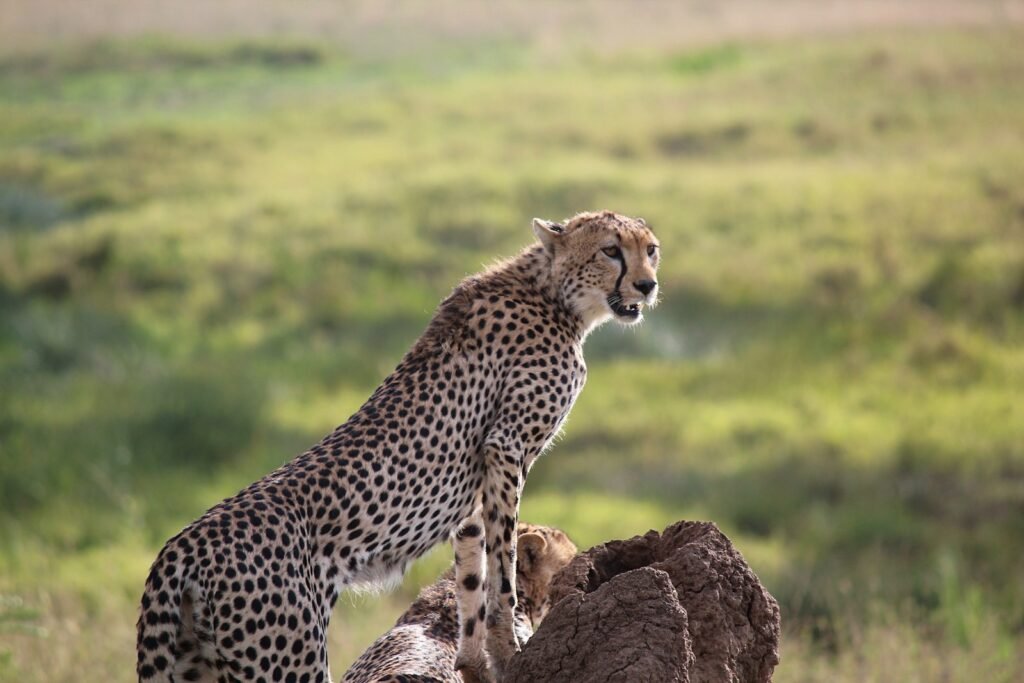
As environmental changes persist and human impacts increase, cheetahs may continue to evolve and adapt. While it’s challenging to predict the exact nature of future adaptations, ongoing research and conservation efforts are crucial in supporting their survival and understanding their evolutionary journey further.

Growing up traveling and experiencing new cultures and wonders, I have had a passion for nature, adventuring, photography, and videography. I am currently working towards a BSc in Biodiversity and Ecology at Stellenbosch University, and I hope to specialise in Marine Sciences one day.
Please send any feedback to Feedback@animalsaroundtheglobe.com





